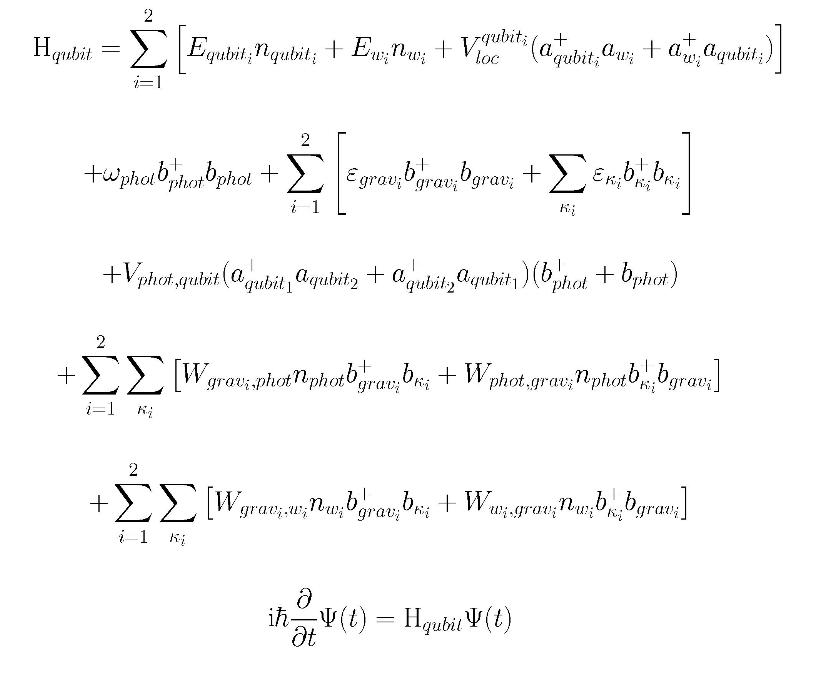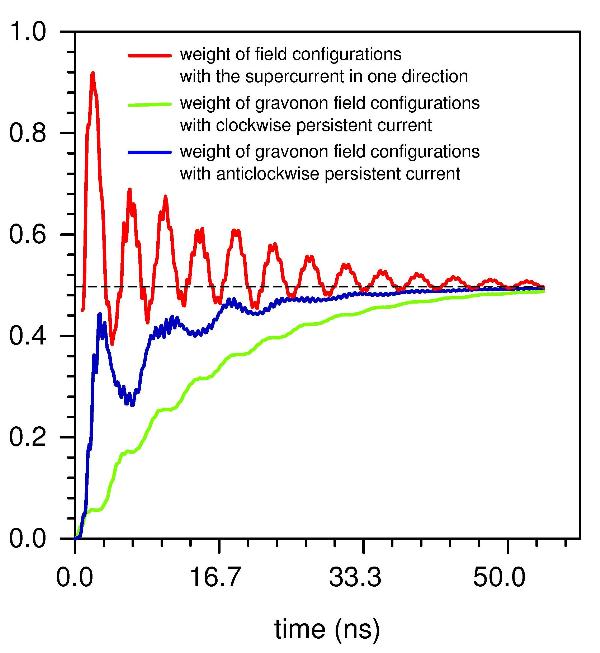
Fig. 2: Rabi-like oscillations between the two states \mid \uparrow,photon\rangle and \mid \downarrow,no\;photon\rangle of a single qubit,
in a Ramsey interference experiment with a 1-2 ns \pi/2 photon pulse (from \cite{chiorescu}).


A single qubit in a Ramsey interference experiment is irradiated with a of 1-2 ns
\pi/2 photon pulse in the rf range, which drives the qubit in a superposition
of the states \mid \uparrow,photon\rangle and \downarrow,no \;photon\rangle.
The amplitude of the Rabi-like oscillations is damped exponentially with time
and achieves a finite value for the excitation probability larger than zero. This
observation is interpreted as loss of coherence within 20 nanoseconds \cite{chiorescu}.

Fig. 2: Rabi-like oscillations between the two states \mid \uparrow,photon\rangle
and \mid \downarrow,no\;photon\rangle of a single qubit,
in a Ramsey interference experiment with a 1-2 ns \pi/2 photon pulse (from \cite{chiorescu}).
Entanglement of a two-state system to environmental excitations, as it is treated within stochastic approaches with a noisy environment, yields a non-oscillatory exponential decay of the excitation probablity which at T=0K tends to zero, in complete disagreement with experiment.
A two-level qubit in a photon field entangled to gravonons is described with the
following Hamiltonian, with which the time-dependent Schrödinger equation is solved:

The decisive properties of the environment, the gravonons, are: high density of boson modes, weak and local interaction with the two-level qubit.
The gravitational interaction in 4dim according to Newton's law is very weak. In high dimensional space, e.g. in 11dim spacetime, it is much stronger at small distances, but decays much faster with the distance. The additional 7 spacial dimensions are hidden, they are compactified such that Newton's law is not violated at distances where it has been proved valid. Only gravitons can propagate, in addition to the 3 spacial dimensions, in the hidden dimensions as well. The compactification radius is estimated on the basis of diffraction experiments with matter waves to be of the order of 10^{3}-10^4 bohr. This is much larger than the Planck scale, however the theory of Arkani-Hamed et al. \cite{arkani-hamed} and experimental observations do not contradict this estimate.
Since the two current states \mid \uparrow,photon\rangle and \mid\downarrow,no\;photon\rangle,
entangled with the photon, are no more degenerate, their mixing, according to
Schr\"odinger equation, implies the mixing of off-shell gravonon field configurations
to preserve energy. This leads to partial escape of the local current states
in off-shell states with significant gravonon field components. The latter penetrate
in the hidden dimensions which means that the local states \mid \uparrow,photon\rangle
and \mid\downarrow,no\;photon\rangle involving the photon cannot change, hence
the amplitude of the current configurations bound in 4dim spacetime is reduced.
The time dependent total wave function:

At short time, when the enetanglement with the gravonons has not jet developed, the
first two components of the total wave function dominate
its time evolution and lead to Rabi-like oscillations as they are experimentally
observed as well.
At long time the last two components of the total wave function dominate,
hence all local field components are entangled with the gravonons, as it is shown
in the next figure.

Fig. 4 Single qubit in a photon field which is entangled with the gravitational field.
Plotted: weight of gravonon field configurations entangled with persistent currents
in the qubit
in the clockwise (green curve) and anticlockwise (blue curve) directions.
Therefore the local field components, i.e. the current and photon states, cannot
change while the gravonon conponents
have escaped in the hidden dimensions. Rabi-like oscillations between the current
states are not possible.
Despite the coherent time evolution of the total system according to the time-dependent
Schrödinger equation, no apparent state changes occur.

Fig. 4 Single qubit in a photon field, entangled with the gravitational field.
The weight of field configurations with the persistent current in one direction is
plotted with the red curve, in addition to
the weights of gravonon field configurations for the two supercurrents.